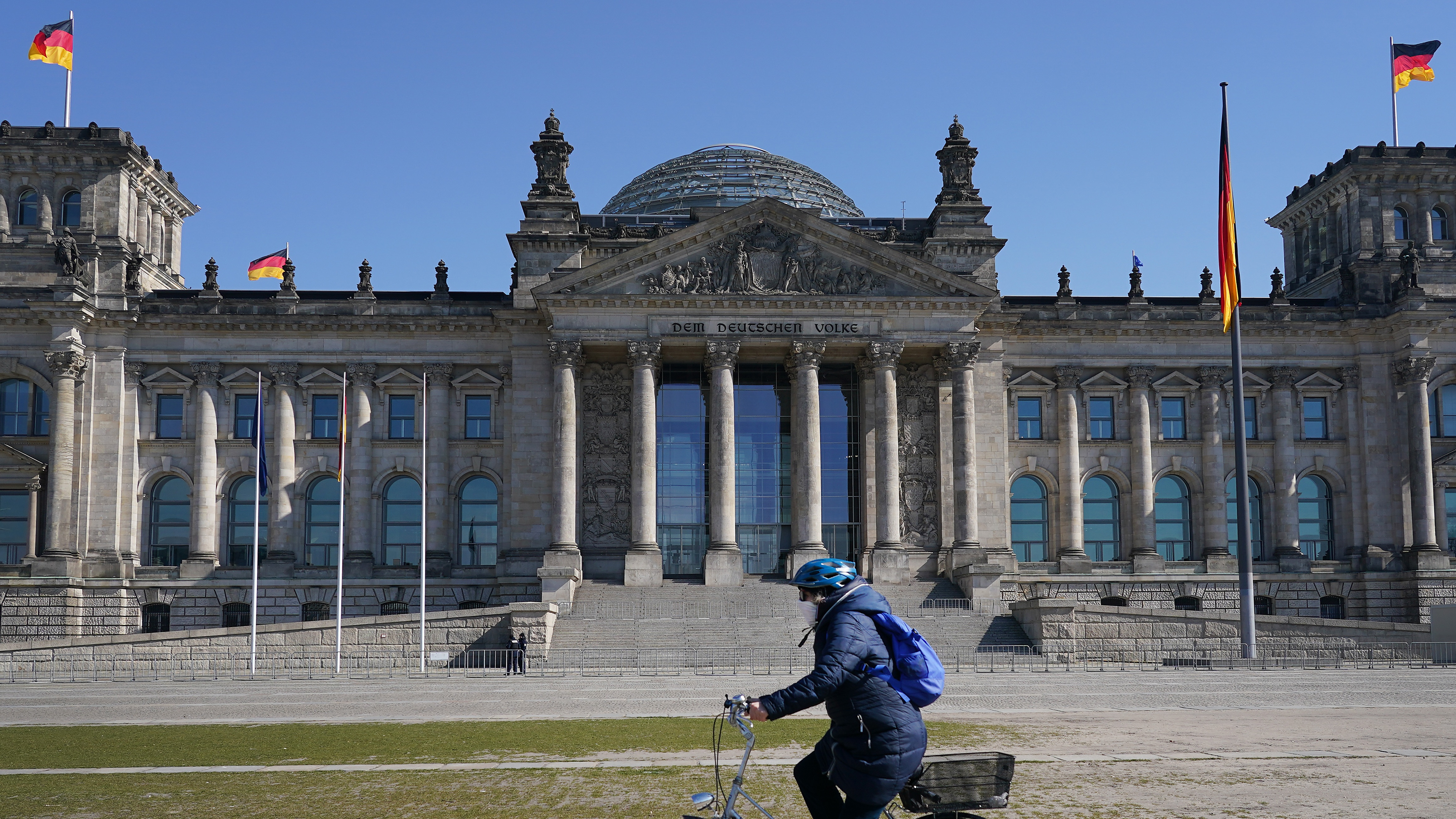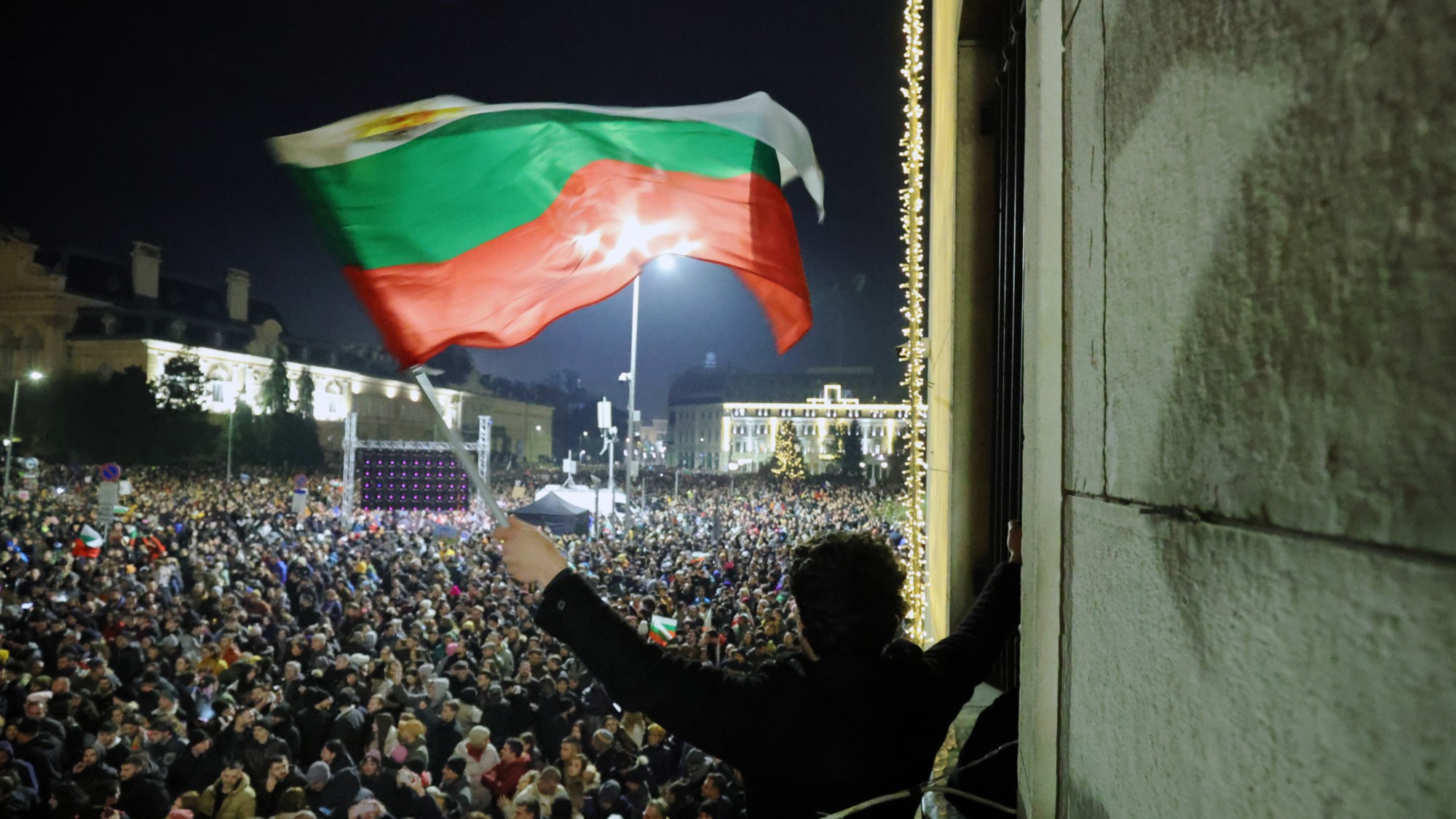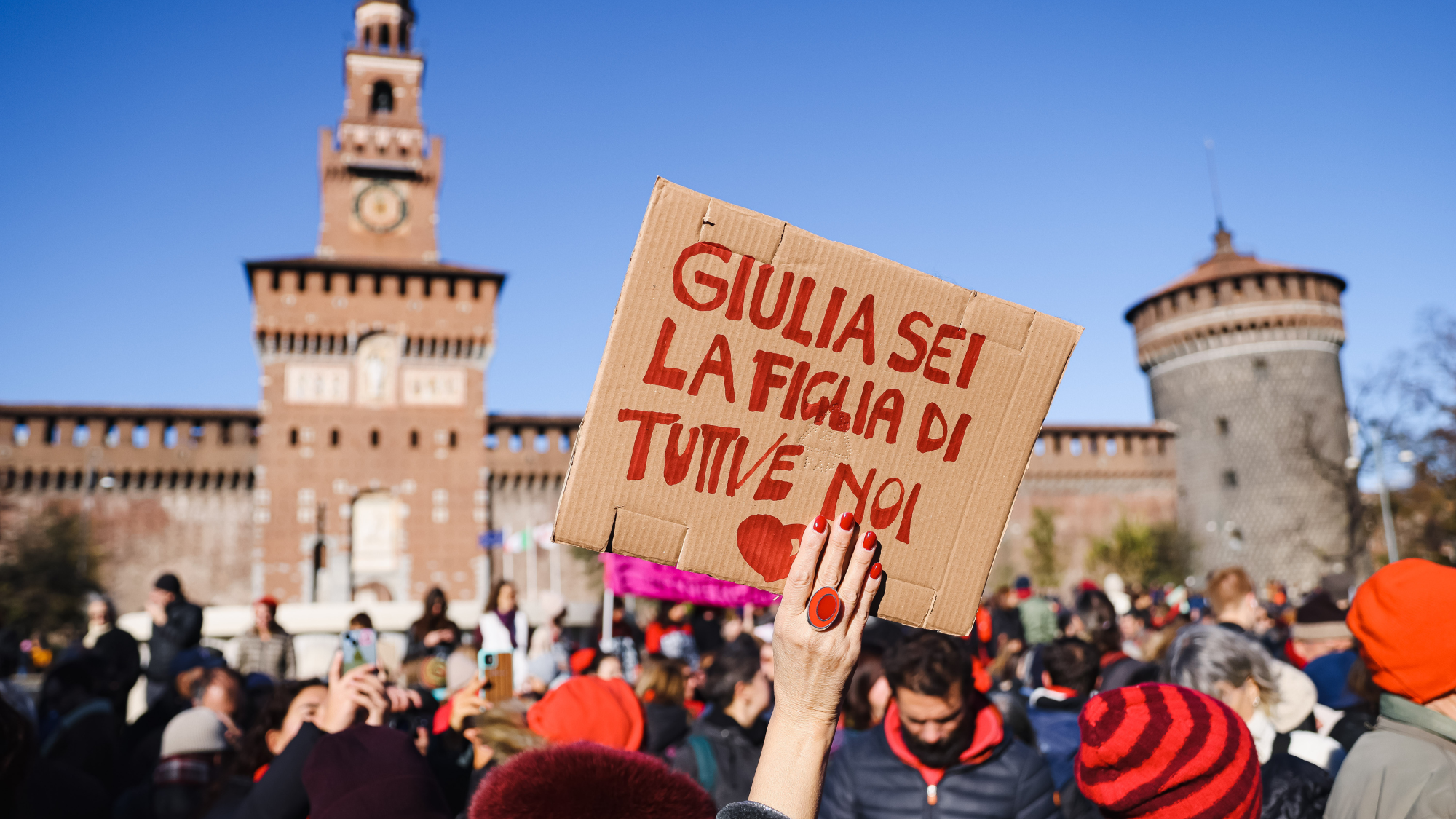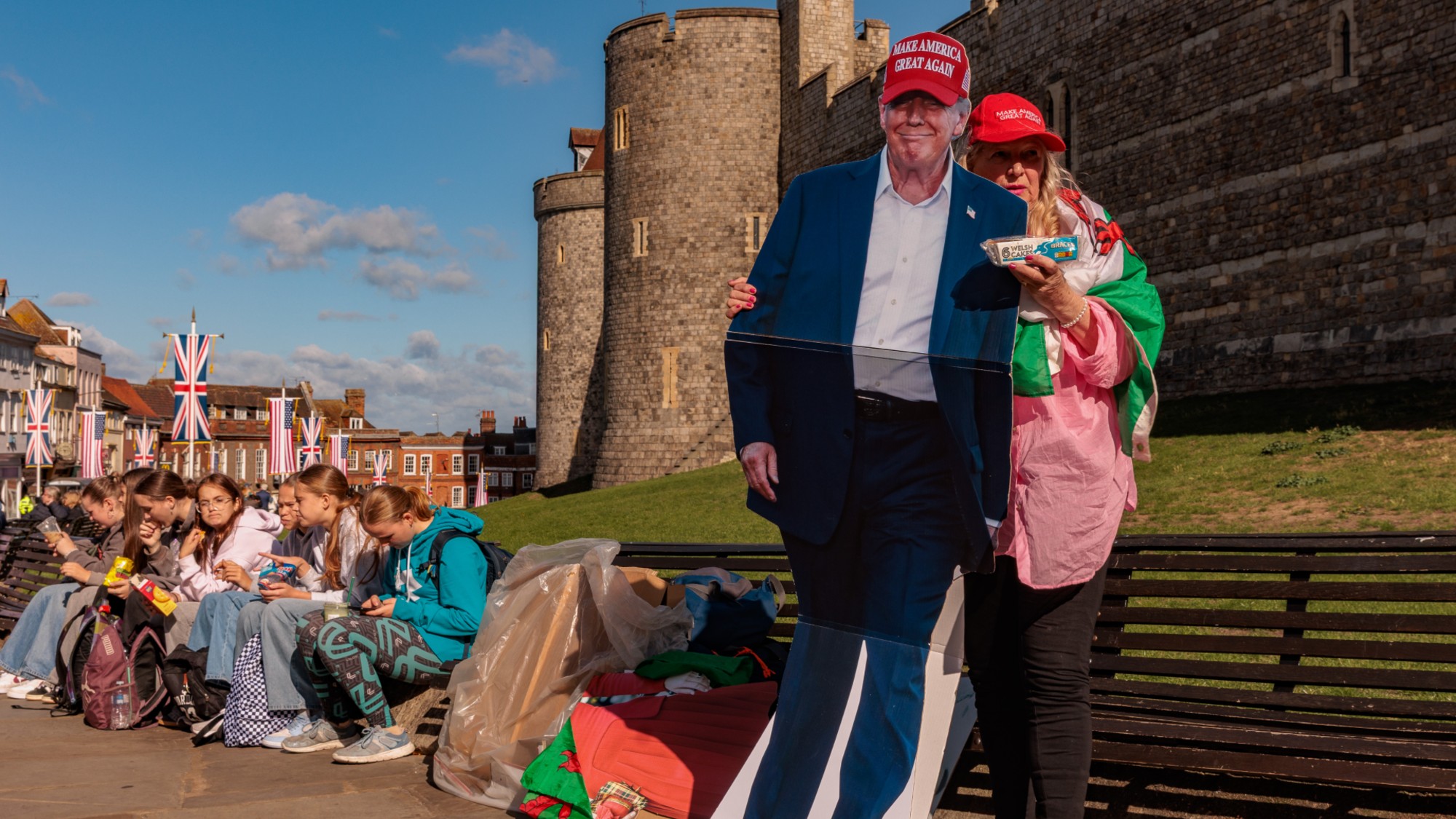The true story of Germany’s Covid-19 response
Once lauded for its rapid response, Berlin’s excess death rate is now higher than many of its neighbours

Germany’s handling of the pandemic is facing fresh scrutiny after it was revealed that it has a higher Covid-19 excess death rate than the UK, according to World Health Organization (WHO) data.
Europe’s largest economy recorded 116 excess deaths per 100,000 people over the two-year period since Covid-19 began spreading, the data reveals, marginally more than the UK’s 109. Its rate was also higher than other European nations including France (63) and Ireland (29).
Early in the pandemic, experts and pundits pointed to Germany as an example of how to successfully manage the virus after Berlin acted quickly to stem infections. So what went wrong and why does the nation have a higher excess death rate than many of its neighbours?
The Week
Escape your echo chamber. Get the facts behind the news, plus analysis from multiple perspectives.

Sign up for The Week's Free Newsletters
From our morning news briefing to a weekly Good News Newsletter, get the best of The Week delivered directly to your inbox.
From our morning news briefing to a weekly Good News Newsletter, get the best of The Week delivered directly to your inbox.
Rapid response
When the first Covid-linked death was recorded in Germany on 8 March 2020, the government was one of the first in Europe to begin circulating “worldwide travel warnings” and border closures for all non-EU citizens, Deutsche Welle (DW) reported.
Just ten days later, former chancellor Angela Merkel addressed the nation, saying: “Since German reunification – no, since World War Two – our country has never faced a challenge that has so urgently required us to pull together in solidarity with each other.”
The speech was followed by the introduction of the type of “drastic measures” that would become familiar around the globe over the coming two years, the broadcaster added. Germany’s schools were closed, a work-from-home order was issued and visits to hospitals, care homes and homes for the elderly were no longer permitted.
By April, Germany was beginning to lift restrictions while cases in the UK continued to climb. Ex-health minister Jens Spahn attributed this to early confinement action, saying: “Infection numbers have sunk significantly, especially the relative day-by-day increase.”
A free daily email with the biggest news stories of the day – and the best features from TheWeek.com
The Financial Times reported at the time that the UK and Germany had entered the crisis operating in “lock-step”, with both “working together on virus tests, some of the first developed in the world”. But Germany’s labs ran at more than five times the NHS rate.
During these early months there was “plenty of praise from abroad for what is seen as Germany’s efficiency and clarity”, DW said. And at home, Germans seemed “largely willing to accept” the restrictions so long as cases remained low.
Second phase
In June 2020, the government launched the “Corona-Warn-App”, a warning system for Covid-19 contacts that worked similarly to the NHS app. But by August, cases across the country were clocking in at more than 1,000 a day. A month later, this figure had doubled.
Berlin became the first city to act, imposing a curfew in October. Then, in early November 2020, a “lockdown light” was announced, DW said. This meant meeting in public was “limited to two households and a maximum of 10 people”, while “businesses in the catering, hospitality and tourism sectors” had to close down. Schools remained open.
The measures kept cases under control. But 2021 brought with it the beginning of the international effort to roll out vaccines, a period of weeks that saw Germany transformed from pandemic “heroes to zeros”, The Guardian said.
While countries such as the UK streaked ahead with speedy roll-outs, Germany chose to rely on the EU’s “joint procurement programme”. The bloc-wide system “placed too much faith in the wrong vaccine candidates” and “created supply shortfalls across the EU”.
When it then got its hands on vaccines, Europe’s largest economy was “slow to administer” the doses it had, “injecting vaccines into people’s arms at a slower rate than 13 other EU states”, the paper added.
A disputed decision not to use the UK-developed Oxford-AstraZeneca vaccine due to safety concerns further slowed the vaccine campaign. And by January the government saw “no alternative” but to introduce another “strict lockdown”, DW reported.
Final steps
The January lockdown had the desired effect, allowing the government to ramp up vaccinations while cases were kept under control. In June 2021, the German government pledged that all German residents would be fully vaccinated by the autumn.
But by July, the country’s “incidence rate” – the number of new cases divided by the number of persons at risk of catching the disease – had begun “to rise steadily again”, DW reported. Politicians were warned against “re-introducing curbs”.
The situation was complicated by the upcoming election in September, “and the subsequent period of government formation delayed decision-making”. Progress on the vaccination campaign was “stalling”, but no decisions were made until the new government, led by Olaf Scholz, introduced mandatory vaccination for health workers.
Two years into the pandemic, Germany still appeared to have mitigated the worst effects of the pandemic. But its position as a “role model for how to deal with the viral threat” had been weakened by “frustration” at a “complex, ever harder to follow patchwork of rules”, The Guardian said.
Post-pandemic autopsy
As the first wave of the virus swept Europe, Our World In Data, an Oxford University pandemic tracker, described Germany as an “emerging Covid-19 success story”. But the publication of the WHO’s excess death figures has challenged that characterisation.
The data shows Berlin “significantly underestimated Covid deaths”, said François Balloux, director of University College London’s Genetics Institute.
Writing in The Guardian, he said that “France overestimated them and the UK got it about right”, which explains why early indications suggested Germany had a lower death toll than its neighbours.
The discrepancy between Germany’s actual figures and its perceived performance is also linked to how some countries became “synonymous in the public imagination with particular pandemic mitigation strategies”, Balloux continued.
Germany was highly regarded because it was widely lauded in the early months of the pandemic for its effective response. But Sweden, which actually reported a lower excess death rate, was “criticised by some for the lack of stringency of its measures”.
If international onlookers were surprised by Germany’s excess death figures, residents may have been less taken aback. A Civey survey of 5,006 respondents for weekly magazine Der Spiegel last month found that almost two-thirds of Germans have lost confidence in the federal government’s coronavirus policy.
Just 29% of respondents said they are “rather satisfied” or “satisfied” with the management of health minister Karl Lauterbach. More than half of Germans said they do not trust him to manage the remainder of the pandemic.
-
 How Bulgaria’s government fell amid mass protests
How Bulgaria’s government fell amid mass protestsThe Explainer The country’s prime minister resigned as part of the fallout
-
 Femicide: Italy’s newest crime
Femicide: Italy’s newest crimeThe Explainer Landmark law to criminalise murder of a woman as an ‘act of hatred’ or ‘subjugation’ but critics say Italy is still deeply patriarchal
-
 Brazil’s Bolsonaro behind bars after appeals run out
Brazil’s Bolsonaro behind bars after appeals run outSpeed Read He will serve 27 years in prison
-
 Americans traveling abroad face renewed criticism in the Trump era
Americans traveling abroad face renewed criticism in the Trump eraThe Explainer Some of Trump’s behavior has Americans being questioned
-
 Nigeria confused by Trump invasion threat
Nigeria confused by Trump invasion threatSpeed Read Trump has claimed the country is persecuting Christians
-
 Sanae Takaichi: Japan’s Iron Lady set to be the country’s first woman prime minister
Sanae Takaichi: Japan’s Iron Lady set to be the country’s first woman prime ministerIn the Spotlight Takaichi is a member of Japan’s conservative, nationalist Liberal Democratic Party
-
 Russia is ‘helping China’ prepare for an invasion of Taiwan
Russia is ‘helping China’ prepare for an invasion of TaiwanIn the Spotlight Russia is reportedly allowing China access to military training
-
 Interpol arrests hundreds in Africa-wide sextortion crackdown
Interpol arrests hundreds in Africa-wide sextortion crackdownIN THE SPOTLIGHT A series of stings disrupts major cybercrime operations as law enforcement estimates millions in losses from schemes designed to prey on lonely users


